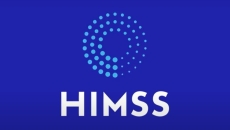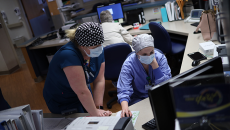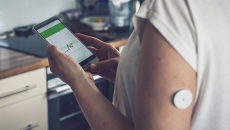Connected Health
The international platform is aimed at advancing and accelerating the transformation of healthcare supply chains through knowledge dissemination.
The pandemic has made it clear that public health data must be accessible and supported across systems. But the question remains: How?
New three-year partnership aims to raise awareness of disorders such as obstructive sleep apnea, as well as provide tailored “integrated, diagnostic and therapeutic” solutions through a Sleep Disorders Management service.
The provider organization used funds granted from the FCC to buy specialized virtual care units that it placed in schools to test and treat kids.
As CMS signals longer-term changes in acute RPM reimbursement and Amazon teams with major providers to push for new policies, clinical and IT leaders should start planning ahead, says one expert. "Everyone has to be thinking about this."
Its telehealth and remote patient monitoring efforts, expanded to help with COVID-19 treatment, are improving care and the patient experience – and helping compliance with a new CMS program.
Minutes after the full Senate confirmed Xavier Becerra's cabinet nomination, advocacy groups were reminding him of the need to bring the American healthcare system "into the 21st century."
With its promise of virtual care in all 50 states, this is the first time a big tech firm will be directly in the healthcare services business. Will it be another failed experiment, or the breakthrough we've been waiting for?
In another reminder of the ongoing digital divide, the report shows that providers and policymakers need to think about health equity and help make sure virtual care works for everyone.
Remote patient monitoring linked to the EHR helps researchers reveal important discoveries about the differences in recovery between women of both races.









